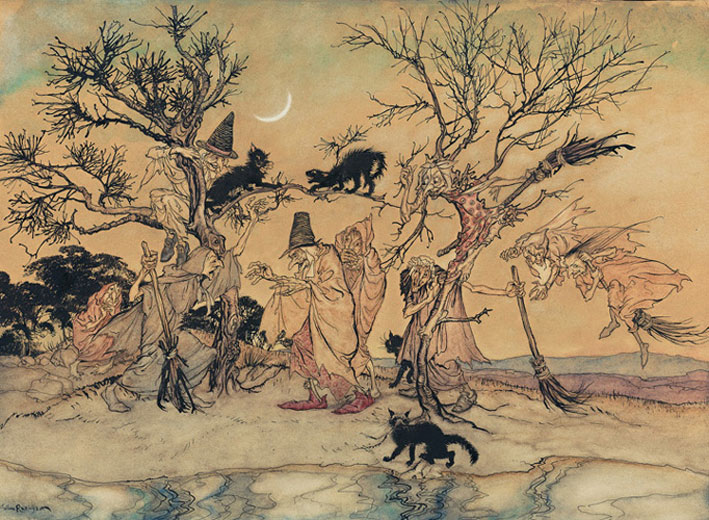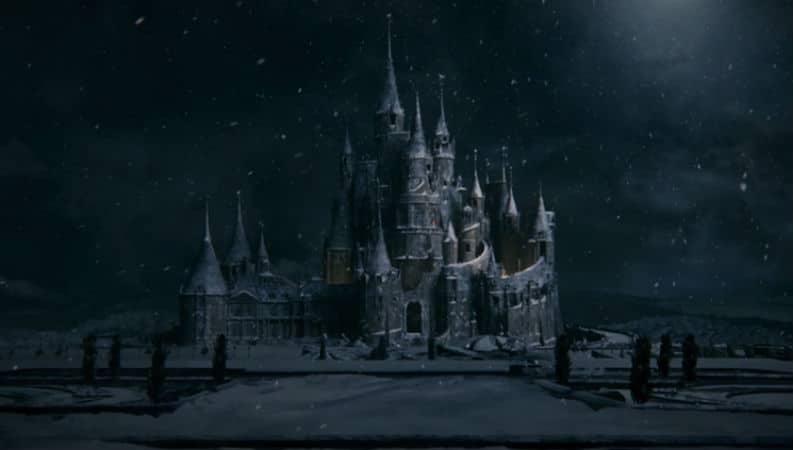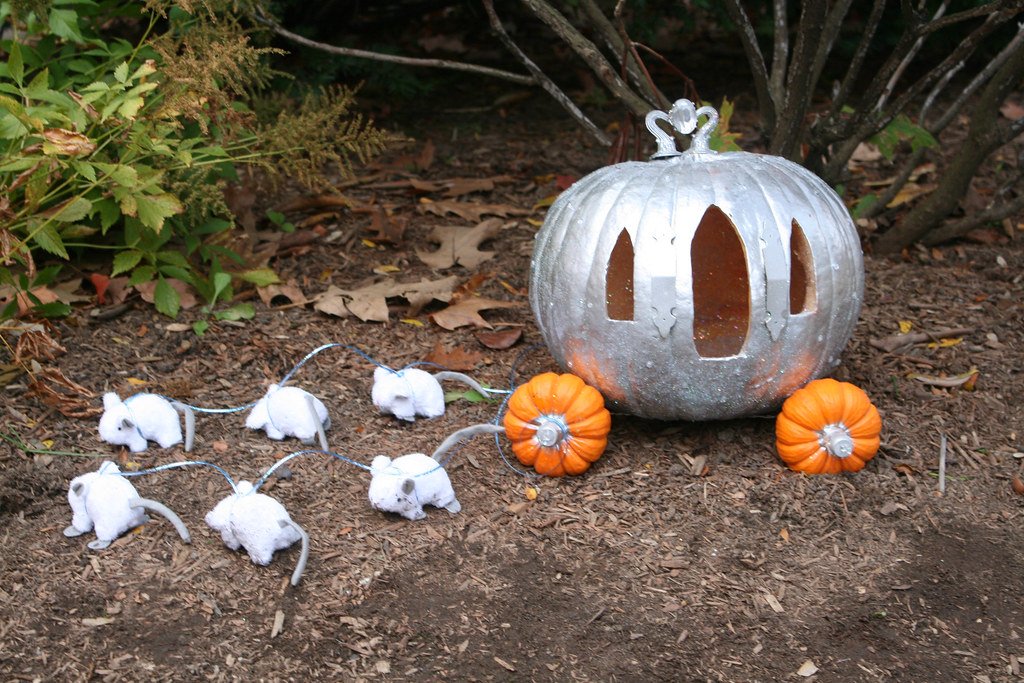 Another post that comes to you courtesy of Surlalune and her latest collection, Puss in Boots and Other Cat Tales From Around the World. I have to say, of all her books this one might have interested me the least, because I'm not especially a cat person, but it's ended up being one of my favorites because of all the variety! There are so many tale types represented here, many of which I wasn't very familiar with before.
Another post that comes to you courtesy of Surlalune and her latest collection, Puss in Boots and Other Cat Tales From Around the World. I have to say, of all her books this one might have interested me the least, because I'm not especially a cat person, but it's ended up being one of my favorites because of all the variety! There are so many tale types represented here, many of which I wasn't very familiar with before. I knew I had to read some of the tales about cats and witches for Halloween! Several of the stories fit into the category, Migratory Legend 3055: The Witch That Was Hurt. They involve, in this case, a cat or group of cats that terrorize some location-but when someone manages to protect themselves and hurt a cat they away. Later, a local woman is found to have the same injury that was given to the cat, and it is thus revealed that the woman was a witch, in her cat form. Sometimes the injury itself deprives the witch of her powers, other times she is killed. They're very entertaining stories, although it's always extra chilling to know that tales about witches were sometimes believed to be true, and that accusations of witchcraft led to many people losing their lives. I did notice that in a couple of these tales, the person who disenchants the witches are themselves practitioners of magical arts, so at least in some people's minds, there were good uses of magic as well as bad.
I knew I had to read some of the tales about cats and witches for Halloween! Several of the stories fit into the category, Migratory Legend 3055: The Witch That Was Hurt. They involve, in this case, a cat or group of cats that terrorize some location-but when someone manages to protect themselves and hurt a cat they away. Later, a local woman is found to have the same injury that was given to the cat, and it is thus revealed that the woman was a witch, in her cat form. Sometimes the injury itself deprives the witch of her powers, other times she is killed. They're very entertaining stories, although it's always extra chilling to know that tales about witches were sometimes believed to be true, and that accusations of witchcraft led to many people losing their lives. I did notice that in a couple of these tales, the person who disenchants the witches are themselves practitioners of magical arts, so at least in some people's minds, there were good uses of magic as well as bad.There is a Russian tale, "The Witch," that is also a form of "Hansel and Gretel." The children are beaten and half starved by their cruel stepmother, who then sends them to visit her granny in the woods. The sister suggests that they first visit their own grandmother.
Their grandmother knows they are being sent to the witch in the woods (but for some reason doesn't offer to just let the children live with her). She does give them valuable advice: be civil and kind to everyone, and don't touch a crumb belonging to anyone else. She gave them some food and sent them off to the witch.
This witch doesn't deceive the children like the Grimms' does-she tells them right away that if she isn't pleased with their work she will fry them in the oven, and then gives them impossible tasks. But there are animals in the house-mice, a cat, and a dog, and when the animals ask for food, the children give them the little food they had from their grandmother. In this way they are a stark contrast to Hansel and Gretel, who dig in to someone else's house. The children in this story even go above and beyond the advice from their grandmother-rather than just not taking what doesn't belong to them, they give away what does. I don't agree with the interpretation that Hansel and Gretel's actions means they are selfish, because the children were literally starving (and if you make your house from gingerbread it's asking to get eaten-by animals if nothing else) but I also like these tales that encourage selfless giving because I personally need reminders to be more generous myself.
Anyway, the animals then help the children with their impossible tasks, and gave them magical gifts that would help them escape. When the witch later demands to know why her animals let the children get away, they respond with "I have served you all these years and you never gave me so much as a hard crust, but the children gave me their own bread/ham/etc."
The witch pursues the children on her broomstick, but the magical objects from the animals block her progress and the witch eventually gives up and goes home.
The ending of this tale is very satisfying compared to most tales of evil stepmothers and silent fathers:
"But the twins ran straight on till they reached their own home. Then they told their father all that they had suffered, and he was so angry with their stepmother that he drove her out of the house, and never let her return; but he and the children lived happily together; and he took care of them himself, and never let a stranger come near them."
Illustrations by Arthur Rackham























